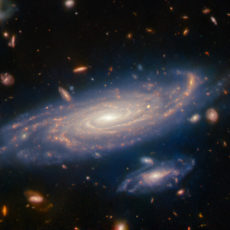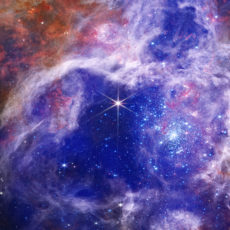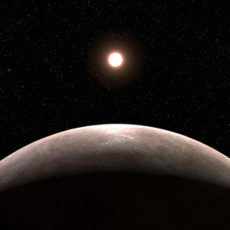
NASA’s James Webb Space Telescope recently observed the scorching exoplanet, classified as GJ 486 b, and discovered hints of water vapor, thus indicating that it has an atmosphere despite its 430° C temperature as well as close proximity to its star. Water vapor isn’t atypical of gaseous exoplanets, but no atmosphere has been detected around a rocky exoplanet to date.
GJ 486 b is approximately 30% larger than the Earth, which means it has stronger gravity than our own planet. It orbits a red dwarf star once every two Earth days, and should be tidally locked, with a permanent day side as well as a permanent night side. Water vapor could possibly indicate the presence of an atmosphere on GJ 486 b, as its host star is cool enough that water vapor can exist in its photosphere.
- BRIGHT, SHARP VIEWS ANYWHERE: Unlike many beginner telescopes, this quality refractor features fully coated glass lenses and a 70mm aperture for...
- PERFECT FIRST TELESCOPE FOR BEGINNERS: Designed for adults and kids to enjoy together, this beginner-friendly telescope sets up in minutes and...
- EASY NO-TOOL SETUP: No complicated assembly or tools needed. The full-height tripod and telescope tube set up in seconds and pack neatly into the...

We see a signal, and it’s almost certainly due to water. But we can’t tell yet if that water is part of the planet’s atmosphere, meaning the planet has an atmosphere, or if we’re just seeing a water signature coming from the star,” said Sarah Moran, Lead Author of the Study from the University of Arizona in Tucson.






